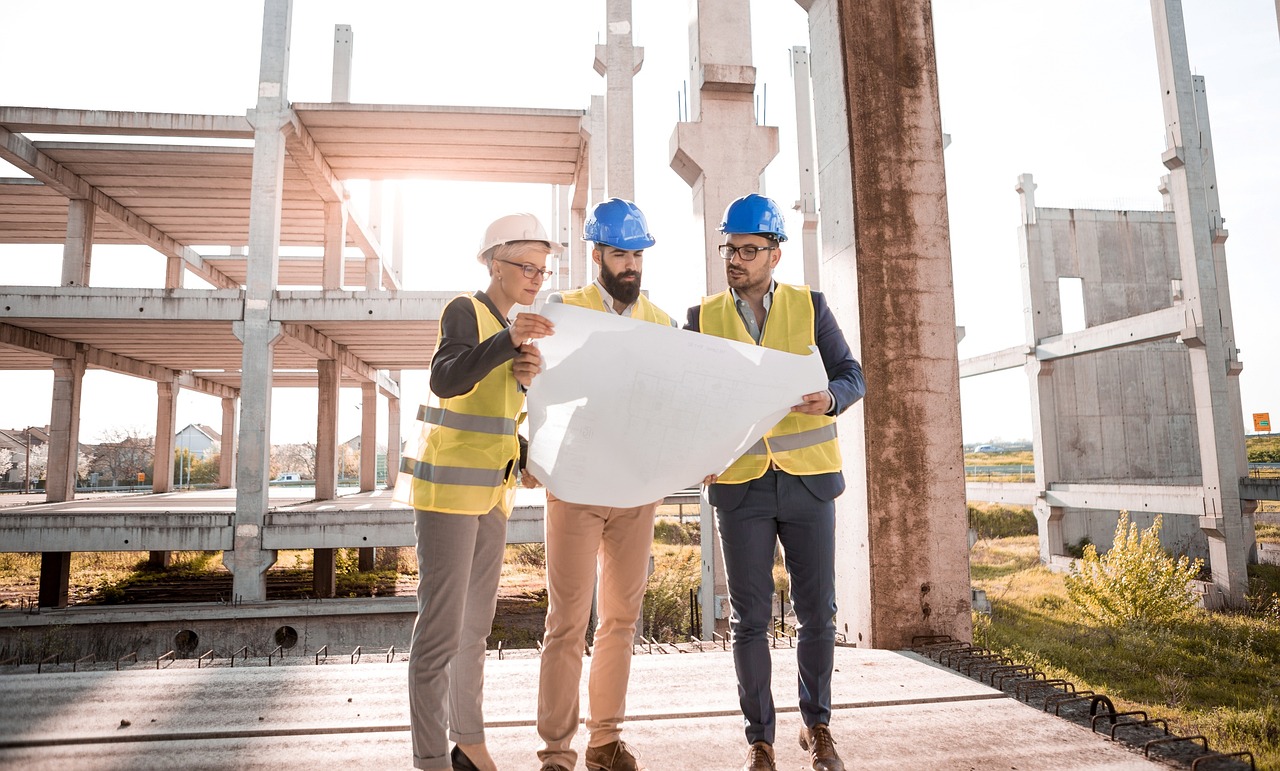
Prefabrication is an innovative construction method where building components are produced off-site and then assembled at the construction site. In commercial construction, there’s growing interest in this approach because it streamlines the building process, reduces costs, and helps avoid delays. As businesses increasingly look for faster ways to complete large projects, prefabrication is becoming an appealing option for both small and large commercial developments. This trend is reshaping the industry’s approach to modern construction due to its numerous advantages.
Reducing Construction Time
Quality Control Improvement
Prefabrication also improves quality control, as building components are made in factory-like conditions with strict standards. This controlled environment reduces the chances of errors or defects that can occur on traditional construction sites due to factors like weather, material issues, or human error. Each piece is manufactured with precision and uniformity, minimizing the need for costly repairs or adjustments later in the process. Additionally, it enhances the durability and longevity of commercial buildings by improving the quality of materials and assembly.
Cost-Saving
Cost control is a major concern for businesses during commercial construction projects, and prefabrication helps manage these costs by reducing waste and lowering labor expenses. Since components are mass-produced under controlled conditions, material usage is more efficient, resulting in less waste compared to on-site construction. Additionally, fewer specialized workers are needed to assemble a prefabricated structure, further cutting labor costs. These combined savings make prefabrication an appealing option for businesses aiming to stay within their construction budget.
Minimizing Site Disruptions
Another advantage of prefabrication is that it significantly reduces disruptions at the construction site. Traditional on-site building methods often generate a lot of noise, dust, and other inconveniences that can disturb nearby businesses or create logistical challenges. With prefabrication, most of the work is done off-site, minimizing these issues. When the prefabricated components arrive, they can be quickly assembled with much less disturbance to the surrounding area. This is especially important in busy commercial zones, where minimizing disruptions to local businesses is crucial.
Improved Onsite Safety
Safety is always a top priority in construction, and prefabrication can significantly enhance on-site safety for commercial projects. Since much of the construction is done off-site, many of the risks associated with traditional construction are greatly reduced or eliminated. Workers in factory environments face fewer hazards than those on active construction sites. Additionally, assembling prefabricated parts on-site requires less heavy machinery and fewer workers, which further lowers the risk of accidents and injuries during the final stages of construction.
Sustainability and Environmental Benefits
Prefabrication offers environmental benefits that align with the growing demand for sustainability in construction. By manufacturing components in a controlled environment, there is less waste, and much of the waste produced is recycled, reducing the overall environmental impact. Prefabrication also enhances energy efficiency during the building process. Many commercial projects using prefabrication incorporate energy-efficient materials, such as IMP panels (insulated metal panels), which help lower heating and cooling costs over time. These sustainability advantages make prefabrication a smart choice for businesses looking to reduce their environmental footprint.
Flexibility and Customization
Many people assume that prefabrication limits design options, but this is not always true. Modern prefabrication techniques allow for a high level of customization, allowing businesses to create unique commercial spaces tailored to their specific needs. These components can be made to order for various architectural styles and functional requirements, ensuring the finished building reflects the company’s brand and operations. This flexibility makes prefabrication suitable for a wide range of projects, from office buildings to retail spaces and warehouses.
The benefits of prefabrication include faster project completion, improved quality control, reduced costs, fewer site disruptions, enhanced safety, and greater sustainability—all while maintaining design flexibility. As businesses continue to seek efficient and reliable construction methods, prefabrication is becoming increasingly important. Companies that adopt this approach can enjoy a streamlined building process that delivers high-quality, sustainable, and flexible commercial spaces designed to meet their exact needs.
